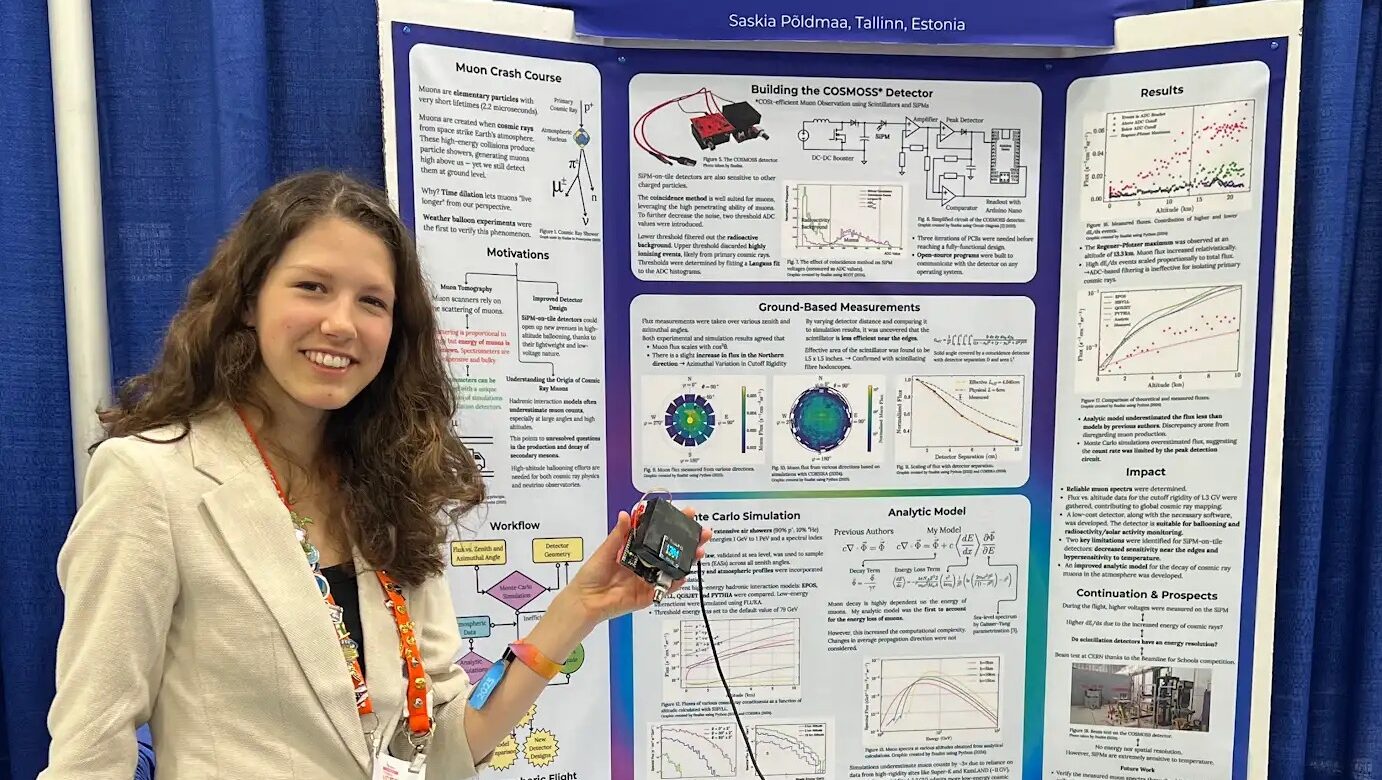Technologies such as these, which reduce emissions, have a wide range of other benefits. From cleaner air and less congestion to better health, more clean jobs, and economic development.
Transportation plays a major role in all our lives, connecting us to each other, to goods, and to the rest of the world. But it is also our largest single source of greenhouse gas (GHG) emissions. While COVID led to an unprecedented downturn in travel and less commuting, the gains have been offset to some extent by the growth of commercial trucks. Originally intended to service businesses, these transport trucks are now commonly roving around entire cities and neighbourhoods delivering online purchases.
As company representatives say, it is not a question of if automated vehicles will be commonplace around the world, but when.
In an effort to reduce greenhouse gas emissions, Estonia, as well as Canada, is quickly becoming a hub for clean transportation innovation. For example, Estonia is home to a company called Clevon, which manufactures and programs automated electric vehicles to deliver commercial goods to both businesses and residents. These vehicles are programmed by artificial intelligence and backed up by an employee who can monitor up to 10 vehicles from thousands of miles away. When the goods arrive at their destination, the customer inputs a personal identification number for quick access to the goods. As company representatives say, it is not a question of if automated vehicles will be commonplace around the world, but when.
Täismahus artikkel on loetav Eesti Elu tellijatele
Igal nädalal toome me sinuni kõige olulisemad kogukonna uudised ja eksklusiivsed lood uutelt kolumnistidelt. Räägime eestlastele südamelähedastest teemadest, kogukonna tegijatest ja sündmustest. Loodame sinu toele, et meie kogukonna leht jätkuks pikkadeks aastateks.
Hind alates $2.30 nädalas.




